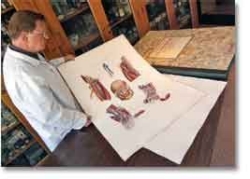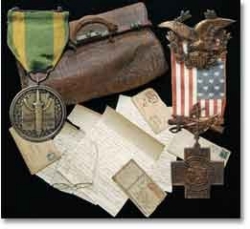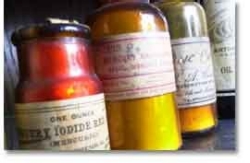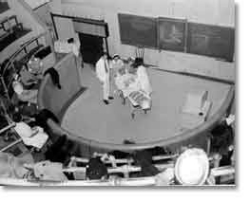UC's medical museums preserve beautiful artworks, historic artifacts and rare books and papers.
by Mary Niehaus
Visitors to the UC Medical Center can view rare hand-colored anatomy illustrations from 18th century Italy, admire medals awarded to University of Cincinnati nurses in the Spanish-American War or try out the tiered seats in one of the country’s few remaining surgical amphitheaters. Housed in three different colleges on East Campus are collections that trace the history of medicine back to 1500, creating one of the Midwest’s best medical archives -- all of it open to the public.
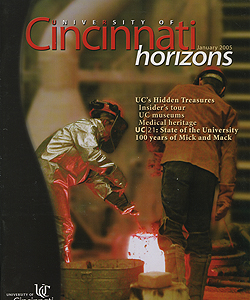
 Past Issues
Past Issues
